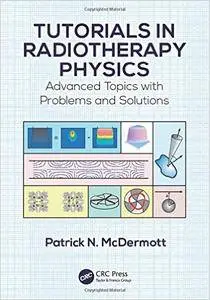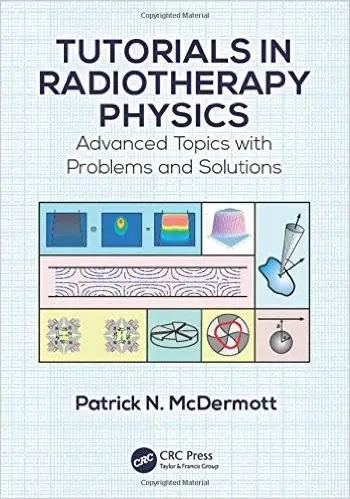Tutorials in Radiotherapy Physics: Advanced Topics with Problems and Solutions by Patrick N. McDermott
English | 2016 | ISBN: 1482251671 | 320 pages | EPUB | 3,3 MB
English | 2016 | ISBN: 1482251671 | 320 pages | EPUB | 3,3 MB
The Topics Every Medical Physicist Should Know
Tutorials in Radiotherapy Physics: Advanced Topics with Problems and Solutions covers selected advanced topics that are not thoroughly discussed in any of the standard medical physics texts. The book brings together material from a large variety of sources, avoiding the need for you to search through and digest the vast research literature. The topics are mathematically developed from first principles using consistent notation.
Clear Derivations and In-Depth Explanations
The book offers insight into the physics of electron acceleration in linear accelerators and presents an introduction to the study of proton therapy. It then describes the predominant method of clinical photon dose computation: convolution and superposition dose calculation algorithms. It also discusses the Boltzmann transport equation, a potentially fast and accurate method of dose calculation that is an alternative to the Monte Carlo method. This discussion considers Fermi–Eyges theory, which is widely used for electron dose calculations. The book concludes with a step-by-step mathematical development of tumor control and normal tissue complication probability models. Each chapter includes problems with solutions given in the back of the book.
Prepares You to Explore Cutting-Edge Research
This guide provides you with the foundation to read review articles on the topics. It can be used for self-study, in graduate medical physics and physics residency programs, or in vendor training for linacs and treatment planning systems.



